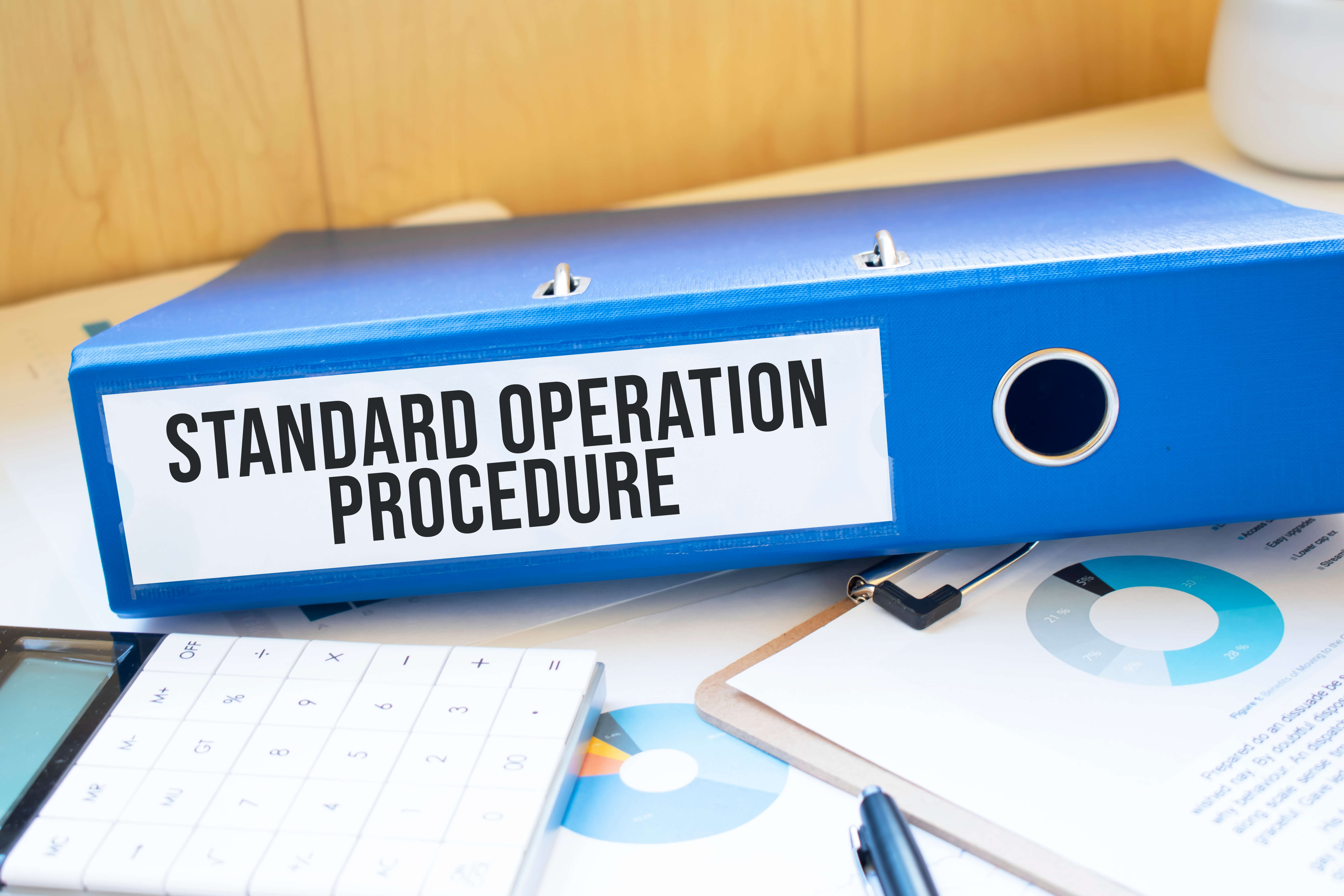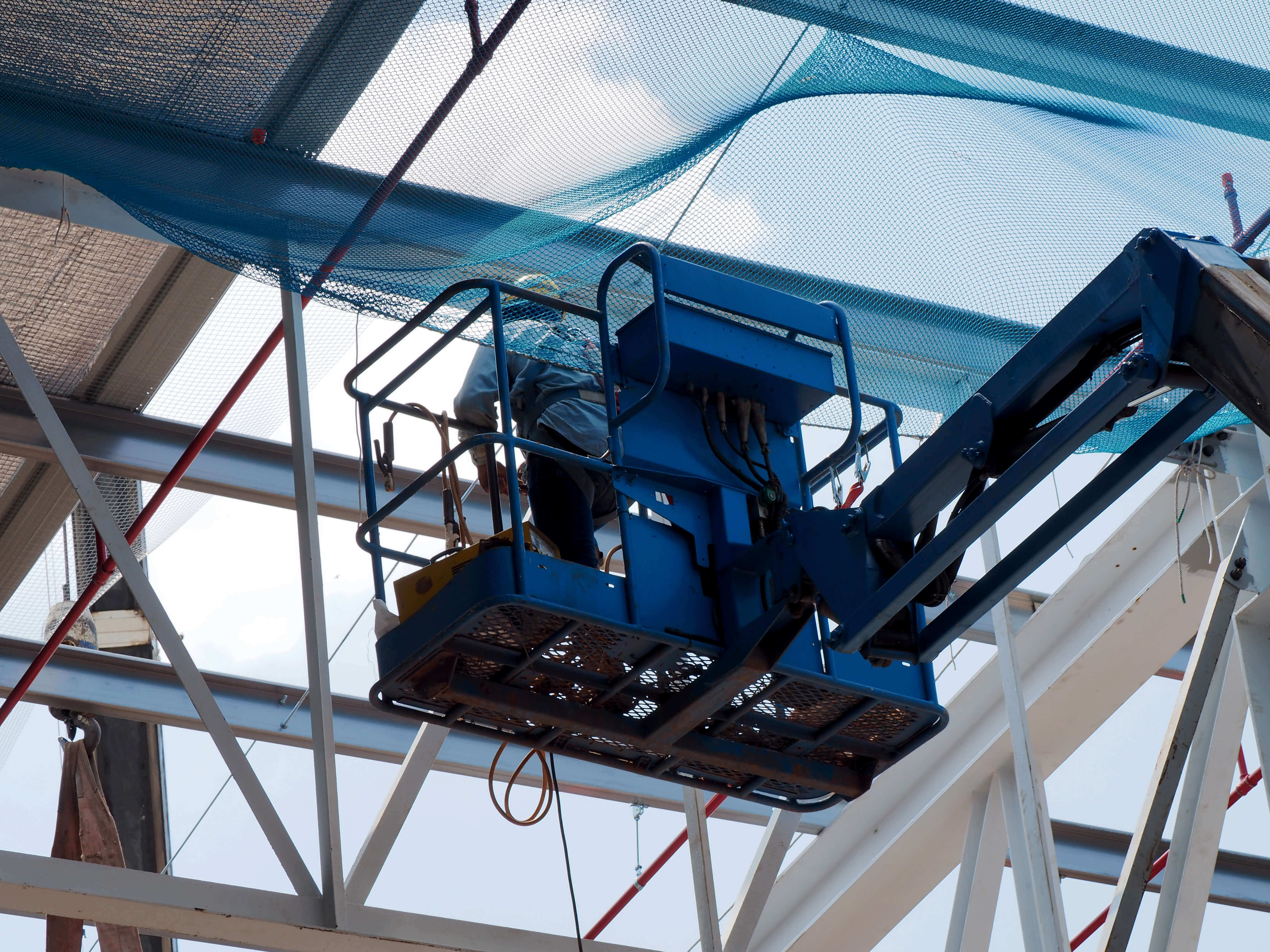Key legislation covering the safety of work equipment includes the Provision and Use of Work Equipment Regulations 1998 (PUWER) and the Lifting Operations and Lifting Equipment Regulations 1998 (LOLER) which require employers to ensure work equipment is safe for its intended use.
PUWER builds on the general duty of The Health & Safety at Work, etc Act 1974 (HSWA) to ensure, so far as is reasonably practicable, the health, safety and welfare of employees, and on the specific duty of The Management of Health & Safety at Work Regulations 1999 (MHSWR) to assess and control risks.
Employers Duties
The Health & Safety at Work, etc Act 1974 general duty requires employers to ensure, so far as is reasonably practicable, the health, safety and welfare of employees, including their safety when using work equipment.
The Management of Health & Safety at Work Regulations 1999 introduce further requirements for assessing and controlling risks, including risks relating to work equipment, and for providing employees with adequate health & safety information and training.
Employers should comply with the Provision and Use of Work Equipment Regulations 1998 (PUWER) and ensure that:
- Equipment is suitable for the intended process and conditions of use.
- Equipment is safe for the intended use, e.g. regular maintenance must occur and safety inspections must be carried out as required.
- The person who is to use the equipment has received suitable health & safety training and information about the equipment’s operation.
- Equipment is fitted with appropriate warning signs, marks, safety bars or guards.
Employees Duties:
- Take reasonable care of their own health & safety and that of other people who may be affected by their work.
- Co-operate with their employers on health & safety matters.
- Follow health & safety instructions and report any hazards or faults.
- Attend any required training or instruction.
- Always operate machinery or equipment properly in accordance with the manufacturer's instructions for the safe use of equipment.
- Perform a user safety check before use.
- Wear appropriate personal protective equipment.
What is Work Equipment?
Many businesses and self-employed workers use a range of equipment at work on a daily basis. The exact type and amount of equipment in any business will vary according to the kind of work carried out.
Examples include:
- Hand tools, including hammers, chisels, screwdrivers, spanners, knives, meat cleavers, saws and scissors, etc
- Computers and display screen equipment
- Portable electrical equipment — equipment which is usually moved around, such as portable power tools, floor polishing machines, vacuums, kitchen appliances and heaters, etc
- Fixed machines, including drilling machines, power presses, circular saws and photocopiers, etc
- Lifting equipment and lifts including forklift trucks, vehicle hoists and lifting slings, etc
- Ladders and other working at heights equipment, such as mobile elevated work platforms (MEWPs), folding access platforms and fall protection equipment, etc
Work Equipment Requirements
Before getting into the requirements, what equipment is covered in PUWER? Generally, any equipment used by an employee at work comes under the requirements of PUWER. It ranges from photocopiers to lifting equipment, drilling machines, knives and everything in between.
PUWER places duties on an employer who owns, operates or has control over work equipment to control any risks by:
- Ensuring that equipment is suitable for use, and for the purpose and conditions in which it is to be used
- Properly installing any fixed equipment or machinery, including ensuring that any safeguards are in place
- Producing a safe system of work for using and maintaining machinery
- Ensuring that, where necessary, equipment is regularly inspected by a suitably competent person so it continues to be safe for use
- Only using equipment for its intended purposes
- Maintaining equipment in good condition
- Ensuring that people using, supervising or managing equipment are provided with appropriate safety information and training
- Taking account of working conditions and health and safety risks when selecting work equipment (e.g. flooring conditions, stairs and space)
- Keeping appropriate records.
The regulations apply to any employer or self-employed person who provides equipment for use at work or has control of the use of equipment.
The term “provides” is not the actual use of equipment by an employee. It refers to the point at which the employer gives the equipment to the worker, possibly sometime before the worker actually starts using the equipment.
The word “use” broadly refers to all work activities involving the piece of equipment, e.g.:
- Using the equipment for a particular task
- Starting the equipment
- Repairs
- Upgrades
- Maintenance and servicing
- Cleaning the equipment
- Stopping the equipment
- Moving the equipment, e.g. from one part of the building or site to another part.
To be “at work”, staff must use equipment during the course of their employment or, if self-employed, while doing that self-employed work. When work equipment is used outside of work time in a private capacity, the employer is not responsible for its safety.
According to regulations, hiring companies also bear a duty to ensure the safety of work equipment they provide. However, the regulations do not apply to equipment used by the public.
Work Equipment Risks
There are many hazards involved in the use of workplace equipment.
Examples of the risks involved in using work equipment include the following.
- Puncture wounds and cuts caused by sharp equipment such as scissors, needles, paper guillotines, knives, chisels, saws, planes and screwdrivers are the most common risks.
- Cutting equipment or equipment with moving parts may cause serious injuries if there are insufficient safeguards in place.
- Equipment that uses heat, such as ovens and grills in catering businesses, could cause injuries ranging from minor scalding to disfigurement and serious burns.
- Equipment that transmits vibrations into the hand or arm could cause long-term illness or disability.
- Parts of the body can be drawn into or trapped between the rollers, belts and pulley drives of machinery
- People can be crushed by moving parts.
- Parts of a machine can be hot or cold enough to cause burns or scalds, as can leaks of steam, etc.
- Electrical faults in equipment can lead to electrocution.
- People can be hit and injured by moving parts of machinery or ejected material.
Employers are required to consider how their employees use work equipment to carry out their tasks. After consideration, employers must take steps to reduce or eliminate the risks to their workers.
Risk assessment
A thorough risk assessment must be completed before carrying out any work tasks using work equipment, which may expose a person to harm. Any control measures found necessary from the risk assessment must be implemented and kept under review. All work equipment including mobile and lifting equipment must be examined for risks to health and safety, including electrical and mechanical hazards and ergonomic factors.
Specific equipment will carry specific risks, e.g. pressure systems and fixed machinery. The employer (or those in control of the equipment, e.g. hirers) must ensure the safety and suitability of the work equipment for the work process.
A risk assessment might show a reasonably foreseeable risk of injury, but the employer should consider the degree of risk and put appropriate safeguards in place.
Specific Risks
Working with some types of machinery can be particularly dangerous because machines with moving parts can cause injuries in many ways.
All machinery will have been designed with safety as a key consideration.
This will typically include measures such as guards and safety controls, as well as instructions for safe use, inspection and maintenance.
Employers need to ensure that any safeguards are properly fitted and that staff use machines as per the manufacturer’s instructions for use.
Expert advice
Unsure of how to protect your staff using work equipment? Do your staff require health & safety training? Need help with creating a risk assessment? Speak to a Croner expert today for comprehensive advice on 0808 145 3380.
Related resources
Categories
- Business Advice
- Contracts & Documentation
- Culture & Performance
- Disciplinary & Grievances
- Dismissals & Conduct
- Employee Conduct
- Employment Law
- End of Contract
- Equality & Discrimination
- Health & Safety
- Hiring & Managing
- Leave & Absence
- Managing Health & Safety
- Moving
- Occupational Health
- Pay & Benefits
- Recruitment
- Risk & Welfare




